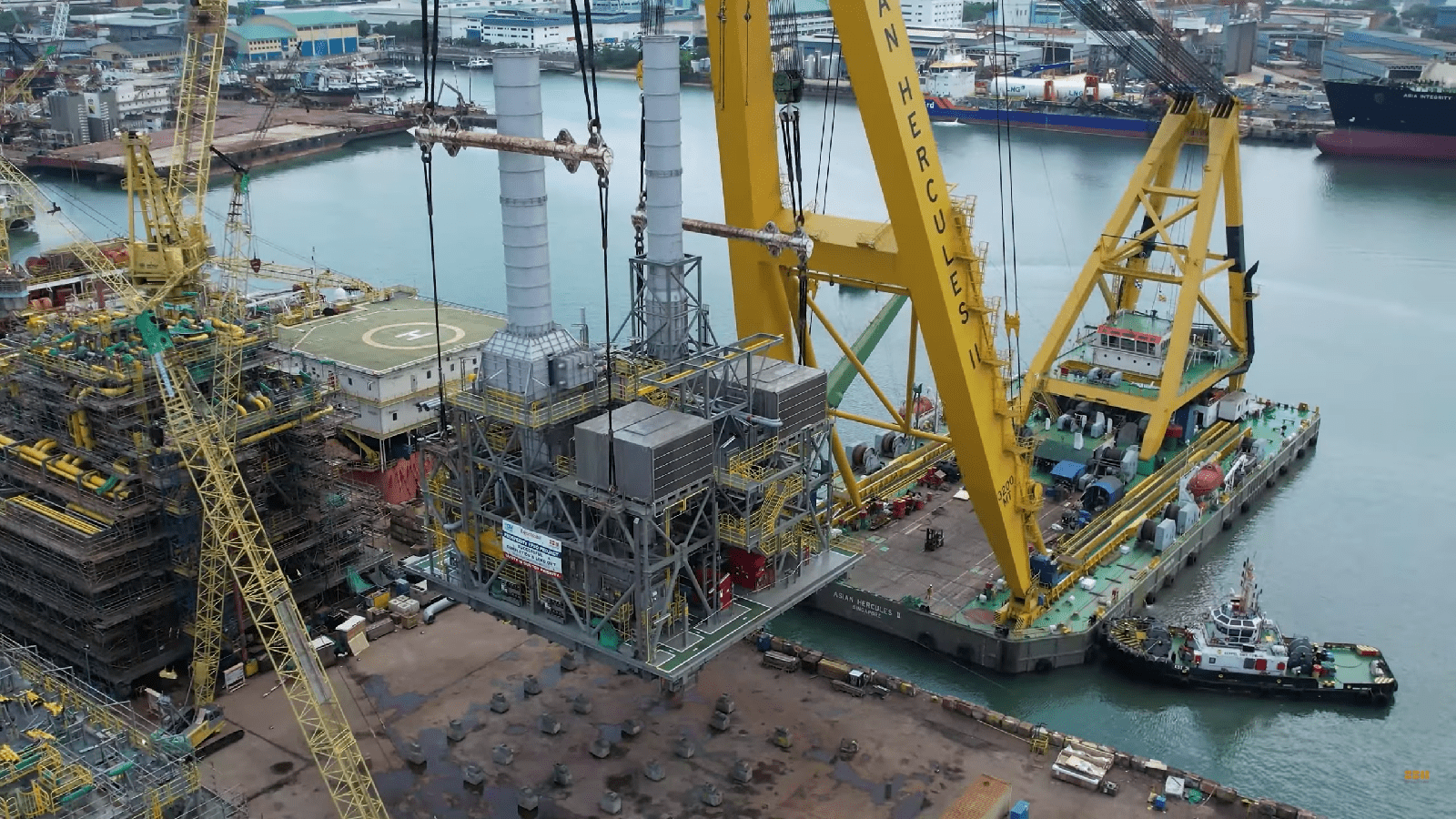The Payara project, ExxonMobil’s third development in Guyana’s offshore Stabroek Block is 80% complete, according to President and Chief Operating Officer of Hess Corporation, Greg Hill.
Topside fabrication/installation is currently being undertaken aboard the Prosperity floating production, storage and offloading (FPSO) vessel at the Keppel Shipyard in Singapore.
Hill said the project is well on track to achieve first oil in 2023. It had, after final investment decision by the Stabroek partners, been scheduled for first oil in 2024. But they later announced that the FPSO-builder, SBM Offshore, was able to accelerate its work to have the FPSO done about five months ahead of schedule.
In Guyana, Hill said, development drilling continues. The Maritime Administration Department has been putting out regular notices, alerting mariners to this activity.
When it achieves first oil, the project will have production capacity of about 220,000 barrels per day – same as the Liza Unity FPSO which achieved first oil in February.
The Hess President responded to one analyst’s question, reaffirming that like the Liza Destiny vessel, there is debottlenecking capacity at the Liza Unity and Prosperity vessels.
Hill said Exxon was able to increase the capacity of the Liza Destiny from 120,000 bpd to 140,000 bpd at “very minimal” cost.
“You shouldn’t think about that as a major investment in Phase One,” he said.
Looking forward to the other projects, Hill explained that the debottlenecking capacity for each FPSO is going to be characteristic for each vessel, depending on its individual dynamics.
Back in June, Chief Executive Officer at Hess, John Hess, had said a 10% debottlenecking capacity for each vessel is a safe assumption. This could mean about 22,000 bpd extra for Prosperity.
Prior to any debottlenecking work, the Payara project will take production capacity offshore Guyana to 580,000 bpd.



